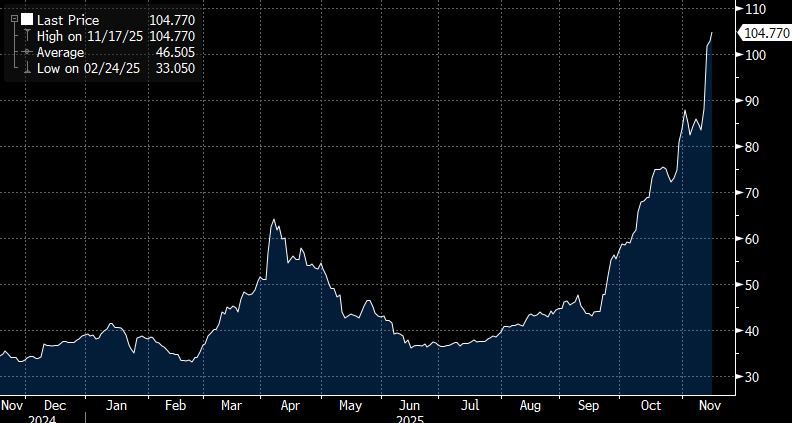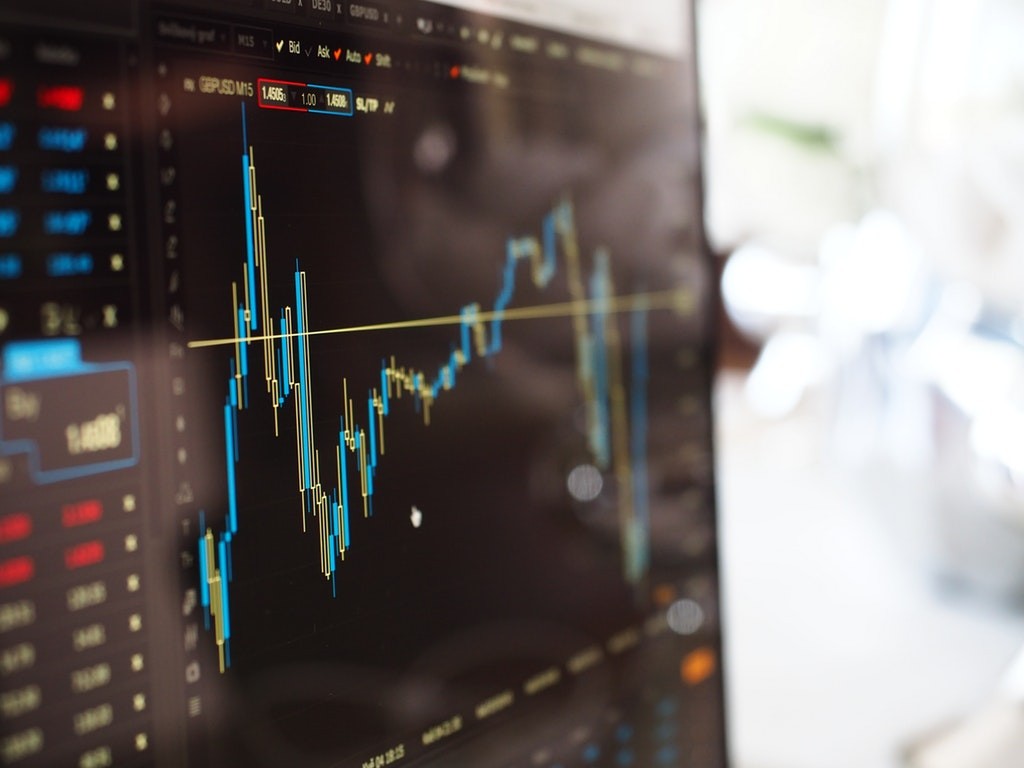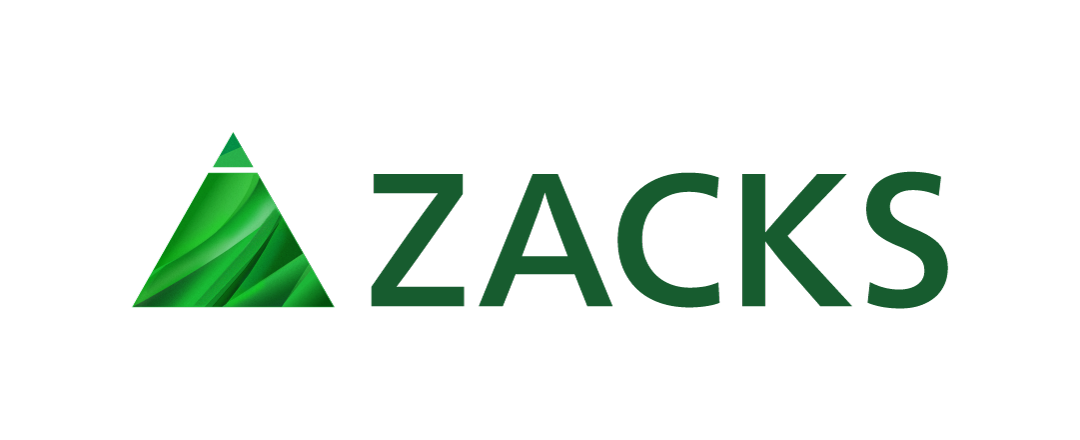
Oracle Stocks Are Causing Concern: Reasons for the Decline


Oracle Corporation (NYSE:ORCL) shares have dropped as much as 37% from the peak levels recorded in September, causing concern among investors. This decline followed the company's investment in artificial intelligence infrastructure through borrowing, and warning signals in the credit default swap market prompted investors to take action.
In short, a credit default swap (CDS) is an insurance instrument against a company's bankruptcy. The rising cost of this insurance indicates that investors are worried. Following reports that Oracle plans to borrow an additional $38 billion, investors began selling the company's bonds. This led to weaker bond prices and higher yields, with market participants noting that stress is being experienced in an issuance that previously had a stable investment rating.
Traders accelerated hedge transactions through 5-year credit default swap contracts, signaling concerns about the increasing credit risk in the AI race. Market players argue that the underlying reason is the scale and pace of AI infrastructure investments in the technology sector.
Wall Street analysts are worried that borrowing for financing these structures could weaken cash flows, delay yields, and increase credit risk even for large companies. However, in a survey of fund managers, more than half of the participants viewed AI spending as the biggest risk for the market. Nevertheless, not everyone shares these concerns.
BofA research analyst Brad Sills stated in a note to clients, "Oracle structures its AI computing contracts as non-cancellable, non-modifiable, and with payment lock-in features, providing stable cash flow and cost visibility."
This shift is quite significant for Oracle. The company has been drawing strength from software and database areas for decades. It is now making a significant pivot to data centers and cloud infrastructure specifically designed for AI workloads; this process is financed with newly issued debt.
Sills added, "Oracle's entry into the AI computing space is transforming the company into a fourth hyperscaler. Accelerating capital expenditures and GPU intensity equalize the company with hyperscaler competitors."
The total addressable market for AI infrastructure is estimated to be $200 billion annually, with a projected five-year compound annual growth rate (CAGR) of 42% by 2028.
Increasing borrowings have led some bond buyers and lenders to tighten conditions or demand more compensation, while equity investors have also begun to pay attention. Rising credit spreads and bond yields have negatively impacted market sentiment, raising concerns about the timing and execution risks of returns from AI investments.
Some market observers now view Oracle’s performance in the credit market as an indicator of the financial health of the broader AI infrastructure boom.
Despite remaining in the investment grade territory and posing a low absolute bankruptcy risk, the warning signals in both the debt and derivatives markets are a rare situation for the company's size and status.
.png)
Yakında Tüm Platformlarda
Sizlere kesintisiz haber ve analizi en hızlı şekilde ulaştırmak için. Yakında tüm platformlarda...






.png)